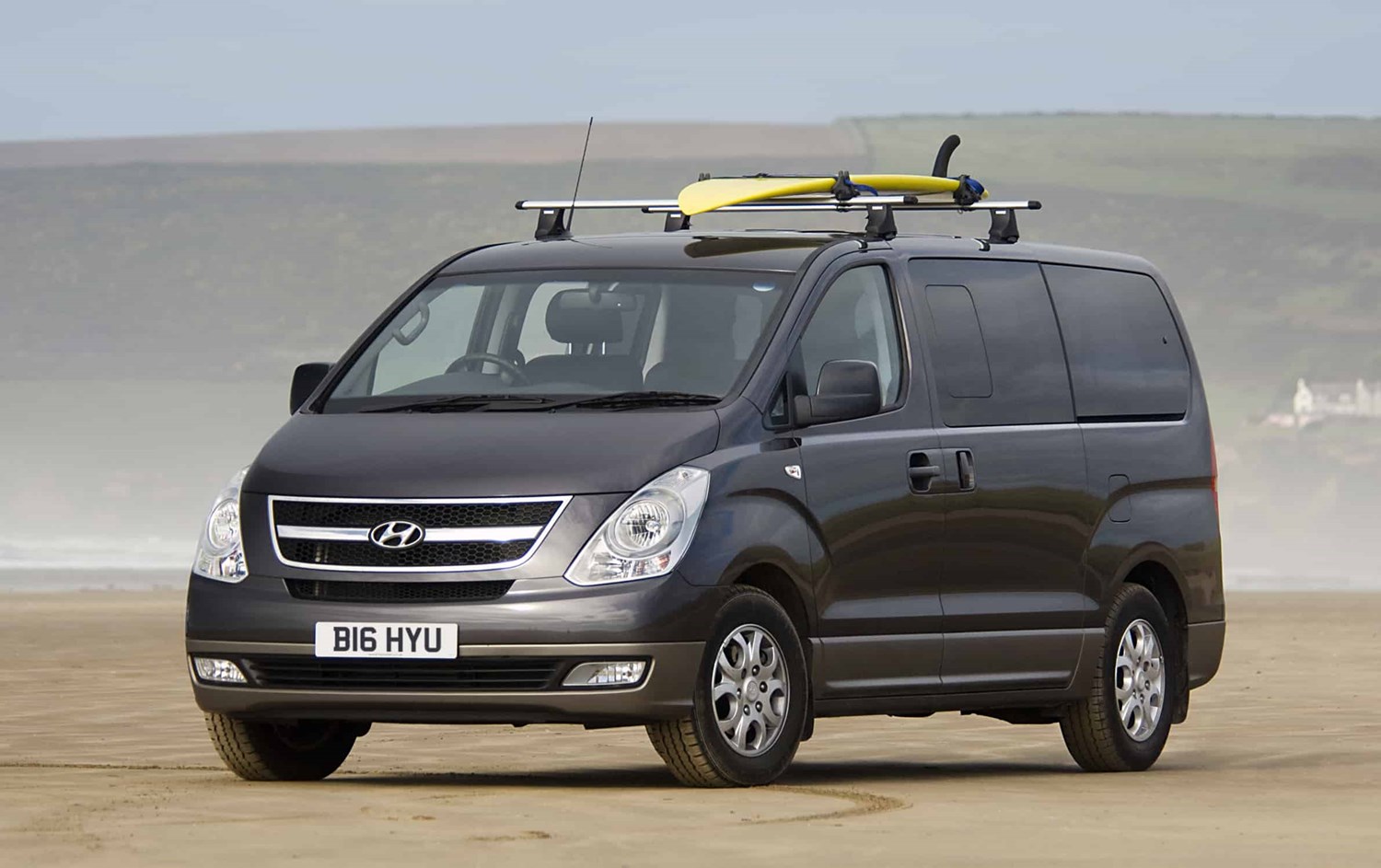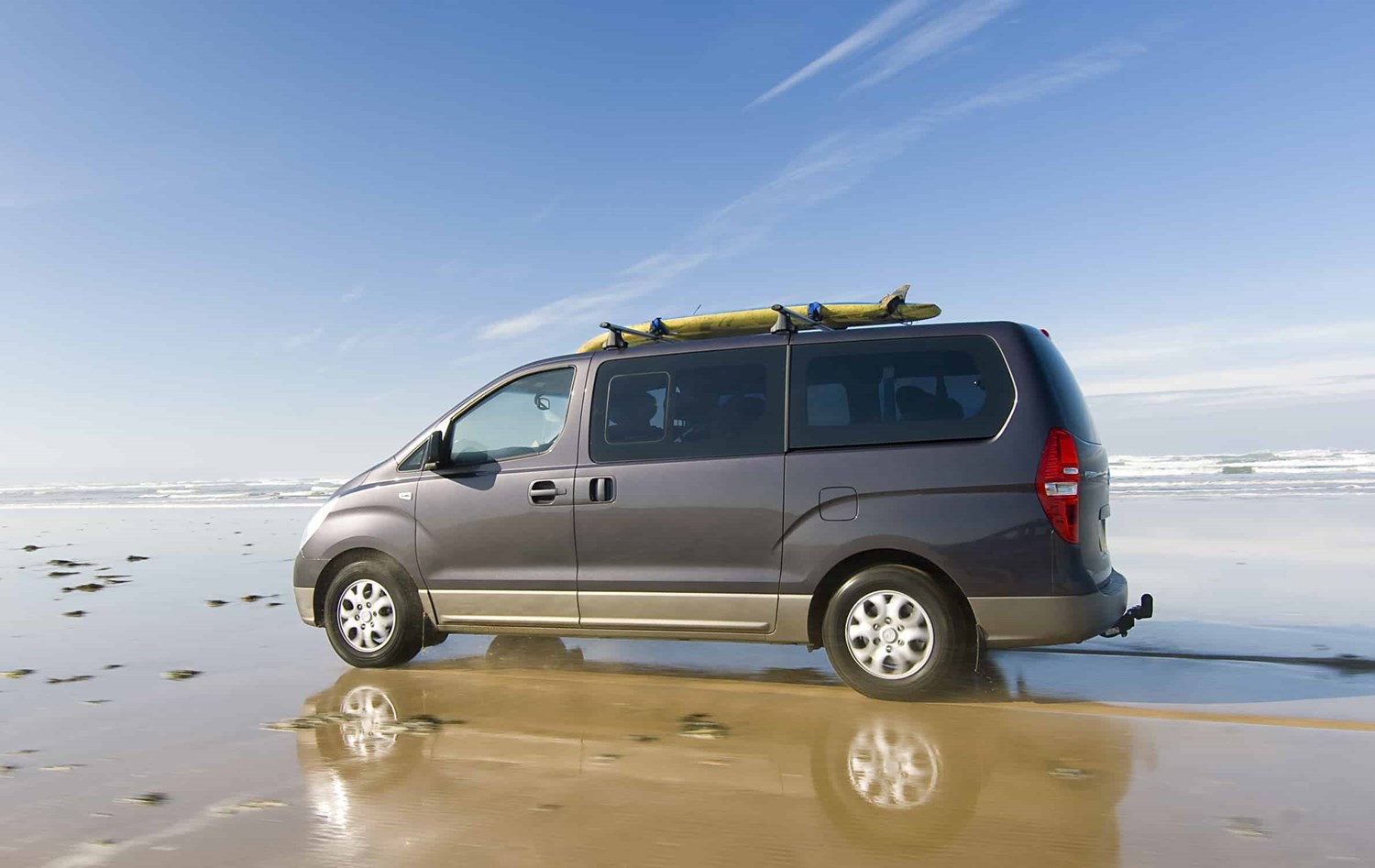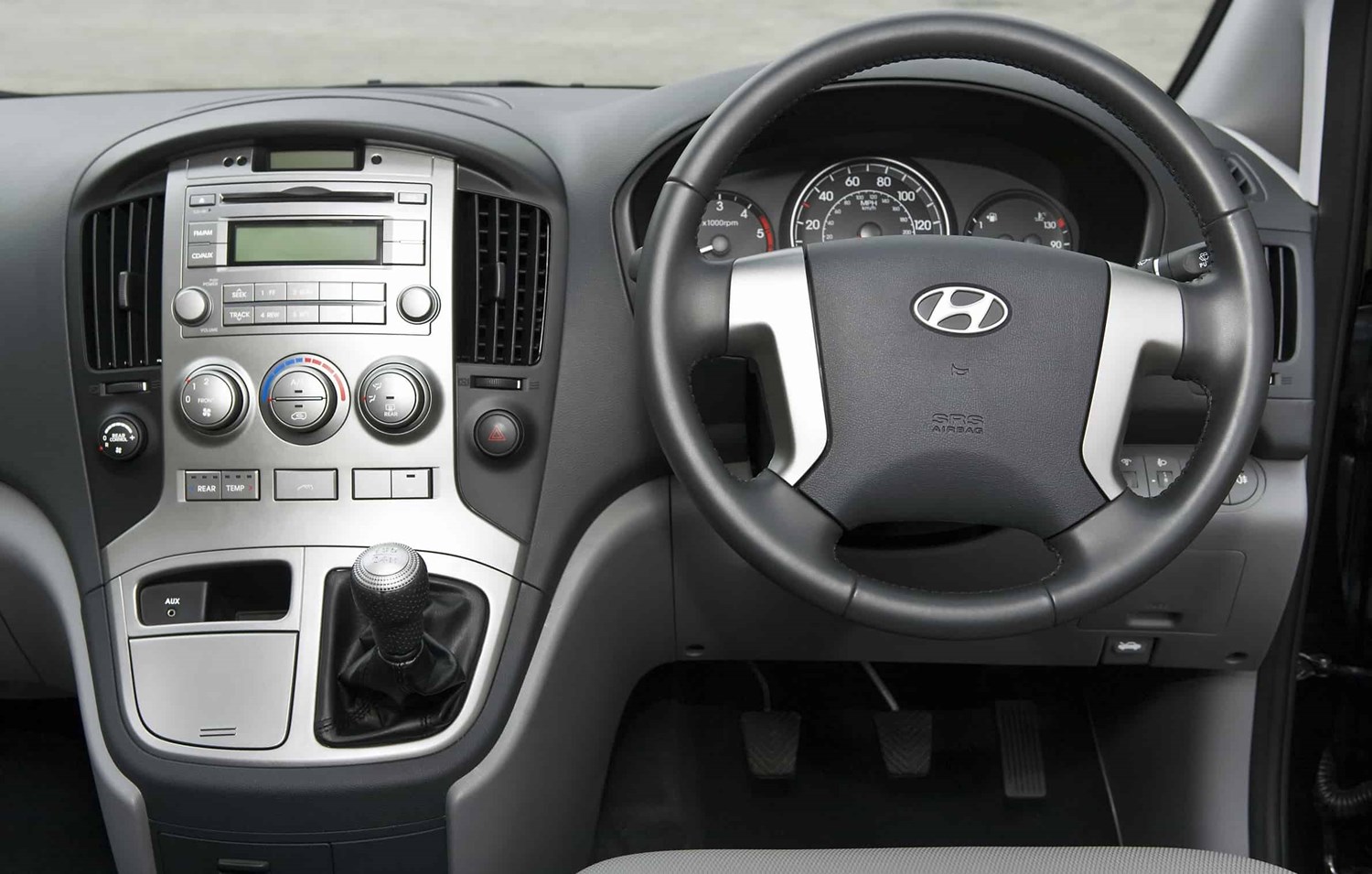Current model
Despite being on sale for 11 years – the i800 went through that time with minimal updates. The most major update came towards the end of the MPV’s lifetime in 2018, when Hyundai introduced a larger grille, and fitted new headlights to the model to give it a more modern look.
An update a couple of years earlier also saw Hyundai fit the model with a touchscreen – helping to give the cabin a more modern feel. That said, the i800 was never a car that Hyundai shouted about particularly. It’s a model that serves a key purpose after all – carrying as many people as possible at a low price, and in that way, the model sold itself.
Value for money
When the i800 first launched, with a sub-£20,000 price it offered fantastic value for money, with few cars being able to match it for space, equipment and value at the time. Even by the time the model went off sale in 2019, prices never exceeded £30,000.
It’s also great value for money on the used market, too, with used examples starting from just £3,000. However, with the i800 being a popular choice with taxi drivers, there are plenty of high mileage examples available – our search revealing various examples that had covered in excess of 250,000 miles. While models with around 100,000 miles (starting from £4,500) will likely still have plenty of life in them, if you’re not going to do a huge number of miles, it could be worth spending a bit more. A 2011 version for £7,000 with 70,000 miles seems like a good buy. Late cars also make an incredible amount of sense, with a one-year-old 2019 example available for just £17,000 – or around the same as a mid-spec supermini. It’s certainly a huge amount of car for the money.
Looks and image
Unsurprisingly for a model that’s based on a van, the i800 isn’t dripping with style. Instead, it serves a purpose, which is to be practical as possible – hence its boxy slab-sided shape. That said, it’s much the same as any other van-derived MPV – none of them truly look stylish. It’s only the Volkswagen Transporter that has desirability on its side – these models often being seen as ‘lifestyle’ models, whereas this Hyundai is most certainly a workhorse.
While the i800’s engines aren’t particularly impressive, it’s a model that’s surprisingly pleasant to drive. Hyundai has swapped the van’s suspension out in favour of coil springs – something that means this MPV is rather comfortable – especially on the motorway. It also handles well for something of this size, with well-weighted steering and contained body roll. Parking can be tricky, though.





